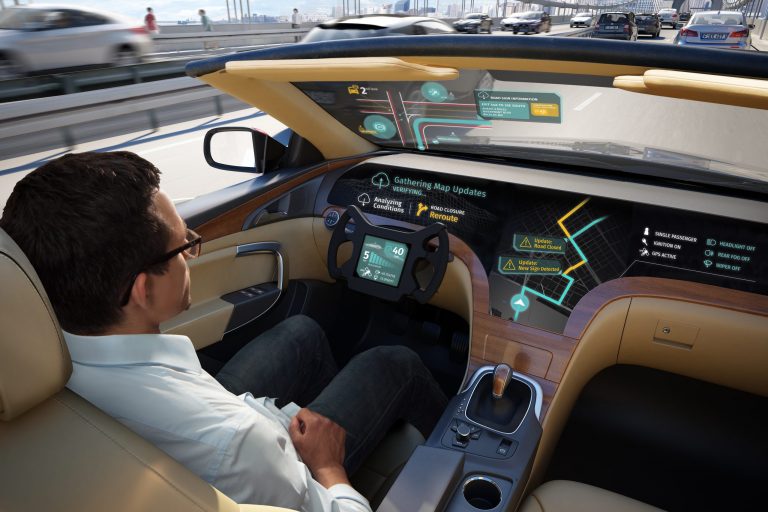Vodafone has announced the launch of Multi-access Edge Computing (MEC) services for UK business customers starting in spring 2021.
With partner Amazon Web Services (AWS), Amazon’s cloud computing arm, Vodafone UK will become the first telecoms operator capable of offering such services in Europe.
But what exactly is MEC and why is it important?
The need for speed
Simply put, MEC brings cloud computing power closer to where customers need it, reducing the time it takes for machines to respond to digital instructions. The multi-access bit simply means customers can access the service over mobile, Wi-Fi or fixed line services.
Whenever you use an application on a mobile network, these signals have to be sent back and forth between the device and the server where the application is hosted. This delay, usually 50 to 400 milliseconds, is known as latency.
It’s why it’s difficult to perform a musical duet in real-time over a video call, for example – the latency causes the sound to become unsynchronised.
With a centralised cloud-based system, the further you are away from it, the longer it takes for the signals to pass back and forth. So bringing computing to the edge of the network rather than keeping it at the core, helps speed things up.
And when those signals have to travel across the wireless mobile network, superfast 5G download speeds helps reduce latency, too.
Why is this important?
Lots of applications perform better with real-time responsiveness, so reducing latency is really useful. And combining the faster download speeds of 5G with the responsiveness of MEC makes near real-time applications achievable.
“Bringing together 5G and MEC will allow us to work alongside our industry partners to embed connectivity in ways not possible today,” explains Scott Petty, Chief Technology Officer, Vodafone UK.
“Tomorrow’s digital business will use connectivity in ways we can only dream about, and we now have the toolset to work hand-in-hand with our customers to make this a reality.”

For example, mapping and location data company HERE Technologies is already testing a real-time hazard warning service to help make roads safer for drivers. Obviously, the quicker we can receive updates like this the better.
And Unleash live has designed a video analytics platform powered by artificial intelligence to automate real-time video monitoring and alerts for cities, businesses and utilities.
When things go wrong, the sooner we’re alerted to the problem the quicker we – or the machines we rely on – can respond. In such cases, greater speed could even save lives.
Very low latency will also make wireless virtual reality experiences much more pleasant – no more motion sickness – and augmented reality services faster and more intuitive to use.
How will we achieve this?
Vodafone UK will be embedding AWS’s Wavelength servers in its UK data centres reducing the distance data has to travel back and forth over the core network. This could reduce latency to below 10 milliseconds.
During trials, Vodafone engineers achieved this feat between Newbury in the south of England and Birmingham in the Midlands, a distance of about 100 miles.
The capabilities will be hosted in a London commercial centre, offering sub-10 millisecond latency to customers in London; locations such as Oxford, Cambridge and Birmingham; as well as towns that are home to tech firms along the M4 motorway corridor.
Over the remainder of 2021, Vodafone will open additional commercial centres to expand the coverage zone for MEC services.
Alongside the launch of these new capabilities, Vodafone Business will also run an Edge Innovation Programme with AWS to unlock the potential of edge computing. The programme will offer exclusive access to training and technical support from Vodafone and AWS.
Interested parties can find out more about the programme here.
Email Newsletters
Sign up to receive TelecomTV's top news and videos, plus exclusive subscriber-only content direct to your inbox.



